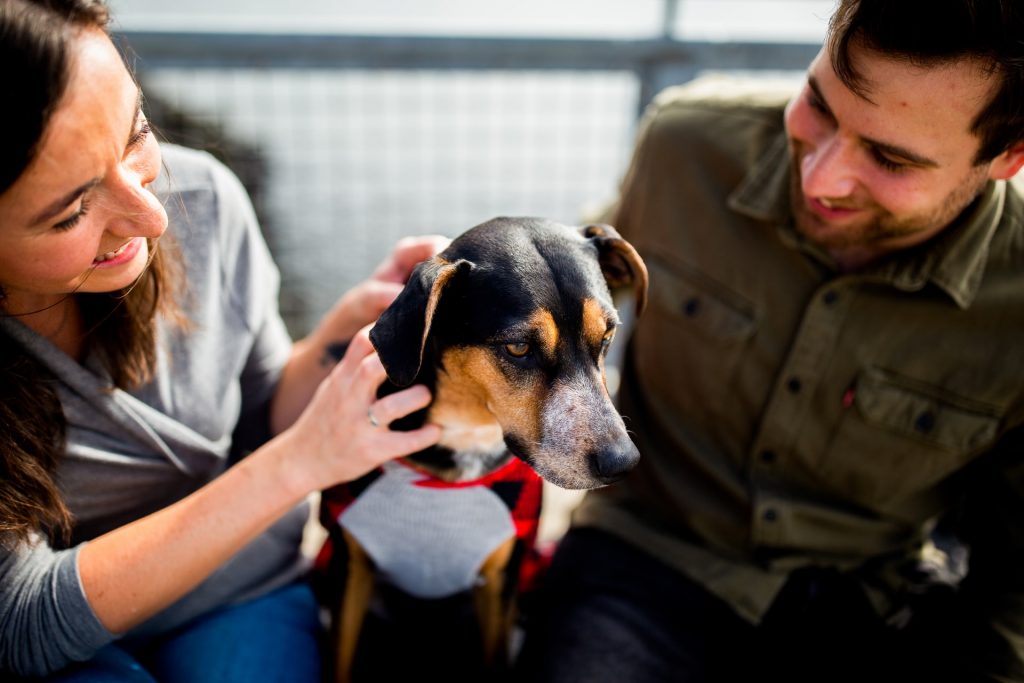Do you Struggle to train your Dog ? Do you have Stubborn and hard to train Dogs ? Does Your Dog Jump on people, sit on Furniture, Bark Excessively or does things that you don’t want them to do and they don’t always listen to you ? Do you need to Contain and keep your dog safe from wandering or escaping ? Do you have any hunting dogs ?
If you are looking for any of the above, you can confidently do all of that with comfort and safety of using shock dog collars. In Today’s modern world, shock collars are perfectly safe to use and are an excellent and practical training aid to train your dogs. Shock collars have come a long way since they were initially released many decades ago.
Many people have the misconception that Dog collars are a punishment and hurt your dog which is by no means true. Instead of Punishment these type of collars are used as a slightly uncomfortable disincentive to dogs for unwanted or unsafe behaviour. Think of it like receiving a standard type static shock that you would get when rubbing/charging yourself on a carpet and then touching an object and getting the standard discharge type shock. Those types of shocks are very safe and will not hurt or do any long lasting physical harm to dogs, but will certainly get their attention !
Many shock collars today have varying levels of shock settings which you can set as required depending on the size/breed and stubbornness of your dog. In Most cases it is recommended to use shock collars for dogs over 6 months old and weighing over 11 Lb (5kg)
Many shock collars today also provide warning to dogs before actually delivering the shock and they do this by a providing a tone (Beep) and or Vibration. Dogs Learn by association and many dogs come to realise that if they get warning signals first, they know what’s coming next if they don’t do what they are told to do. Also Many collars today come with a safety protection mode where after certain number of shocks, shock function will be disabled automatically not to allow continuous use. Many users will tell us that after dogs are trained, they actually disable or switch off the shock functionality and the vibrate/tone are good enough to keep the dog in check.
Shock collars are used for 2 Primary purposes:-
Manual Training:- This is done by a remote control (Transmitter) and collar worn by the dog (Receiver). Commands are manually issued from the user for dog to respond either for unwanted behaviour such as jumping on people, staying close in an unleashed environment and getting the dog to respond to certain actions such as DOWN or SIT etc…..transmitters come in varying forms with different shock settings and other options such as tone and vibrate commands. Also transmitters may have the ability for multi-Channel where different receivers can be paired for multiple dogs. Also important is to look for transmitters with longer radio range which will help in situations where dogs disappear out of visual sight and you want to have the confidence the collar is still receiving the commands etc…
Auto Training and Containment:- Predominantly used to set boundaries and contain dogs not to cross over or escape these boundaries. Shock collars are predominantly used for hidden fences where wires connected to a transmitter box are run around containment boundary either above/below ground. When the dog collar nears the boundary, it will receive a wireless signal triggering the collar for correction. There are also GPS positioning collars that work in the same way without the need to use a transmitter box or wires and Normally such systems first warn the dogs first with tone or vibrate warnings as they near the boundaries and if the dog continues to go towards the boundary they would then get the shock correction. With some training, dogs learn pretty quick not to cross over these boundaries and keep your dog safe and contained.
In Summary benefits of using such collars far outweigh any negative misconceptions.
These type of collars are relatively inexpensive and are a fraction of the cost if compared to cost of hiring professional dog trainers or putting up physical boundary fences.
These collars will keep your dog safe and establish a stronger bond between you and your pet and are perfectly safe and effective to use.

